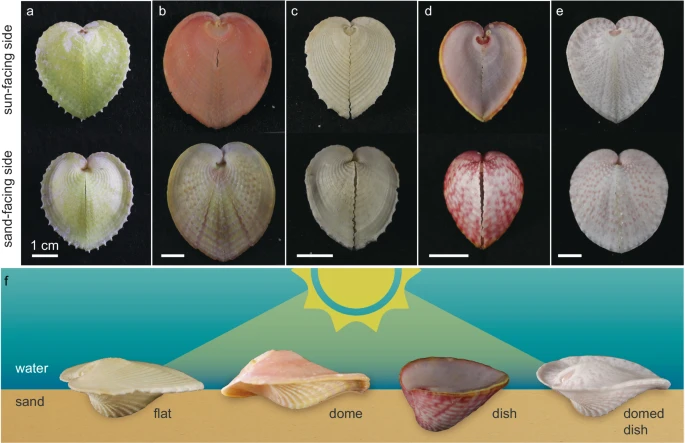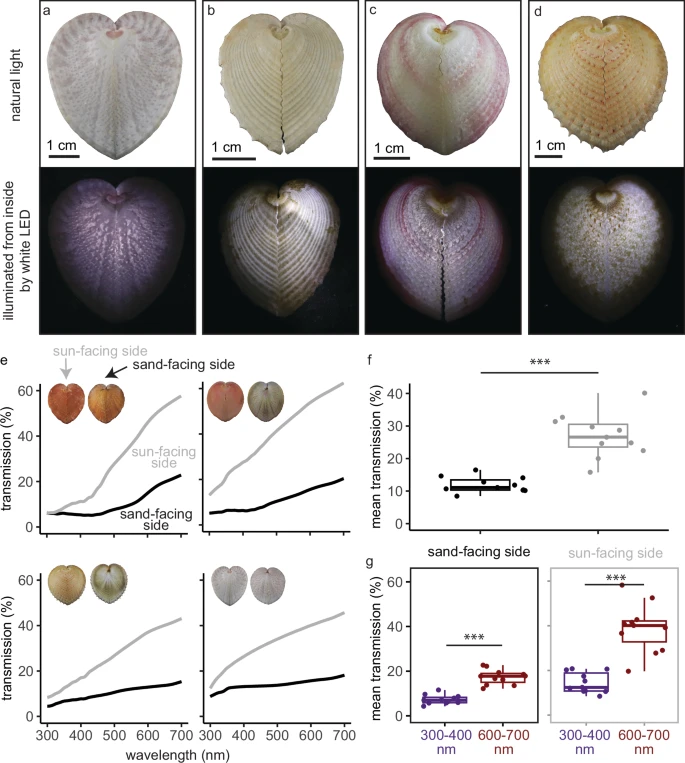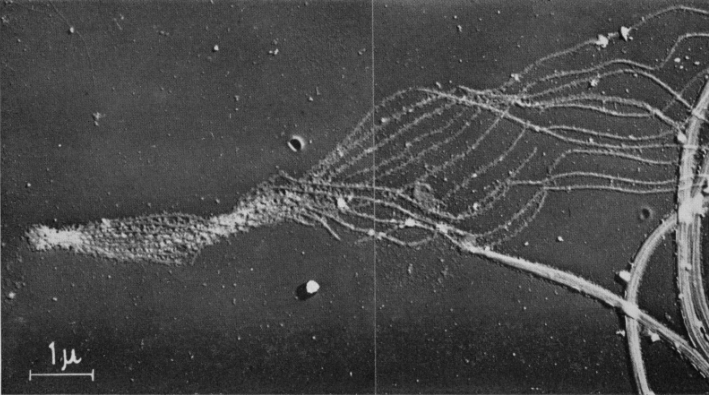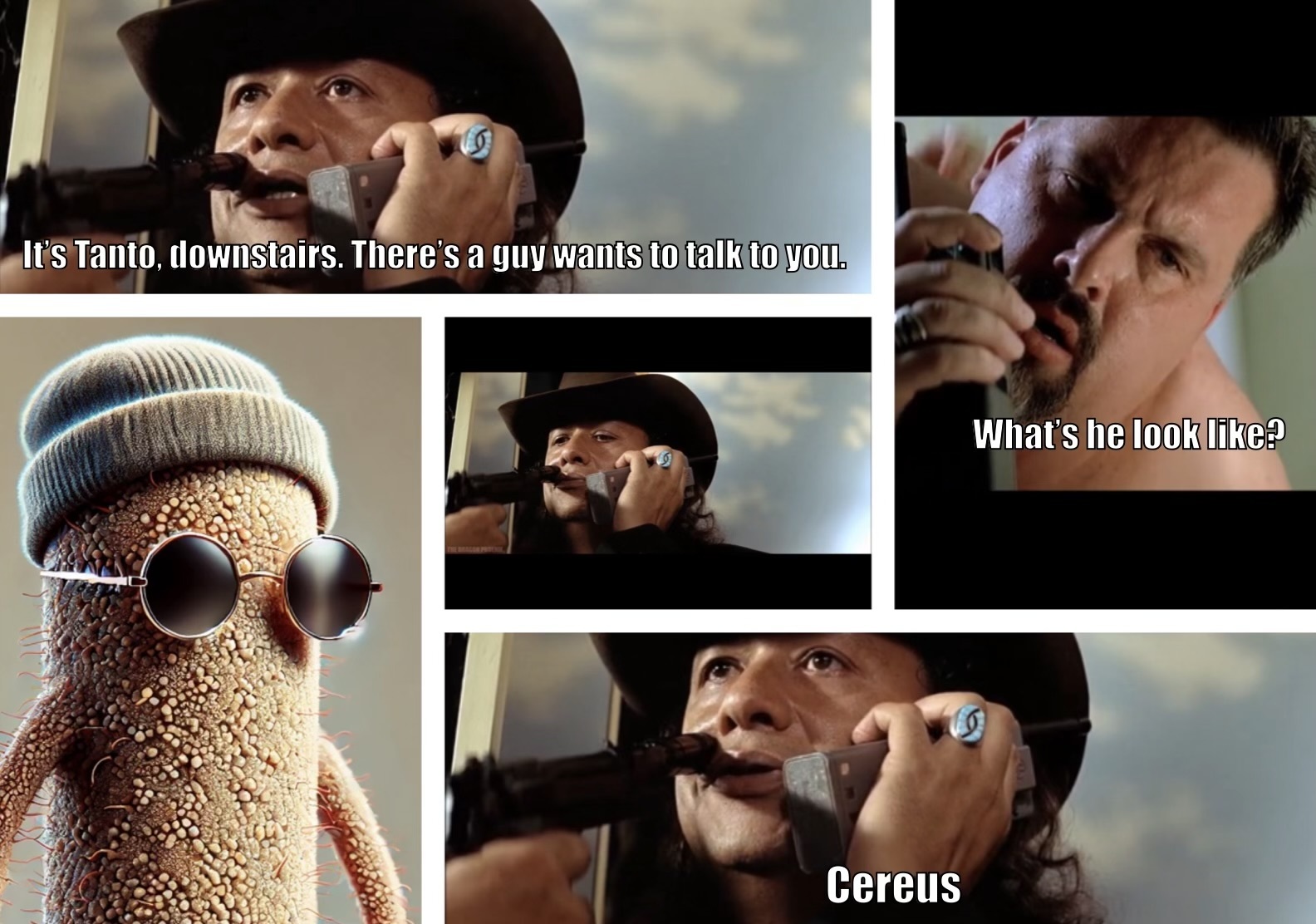Biology
1969 readers
16 users here now
This is a general community to discuss of all things related to biology!
For a more specific community about asking questions to biologists, you can also visit:
founded 3 years ago
MODERATORS
53
54
56
57
134
'Zombie' spiders infected by never-before-seen fungus discovered on grounds of destroyed Irish castle
(www.livescience.com)
59
23
Giant phantom jelly: The 33-foot-long ocean giant that has babies out of its mouth
(www.livescience.com)
60
61
24
Scientists Re-Create the Microbial Dance That Sparked Complex Life | Quanta Magazine
(www.quantamagazine.org)
62
63
64
1
Scientists Clone Two Black-Footed Ferrets From Frozen Tissues in Conservation Effort
(www.smithsonianmag.com)
65
67
69
70
71
72
73
74
1
Ant queens cannibalize their sick young to prevent disease outbreak (Mongabay)
(news.mongabay.com)
75



